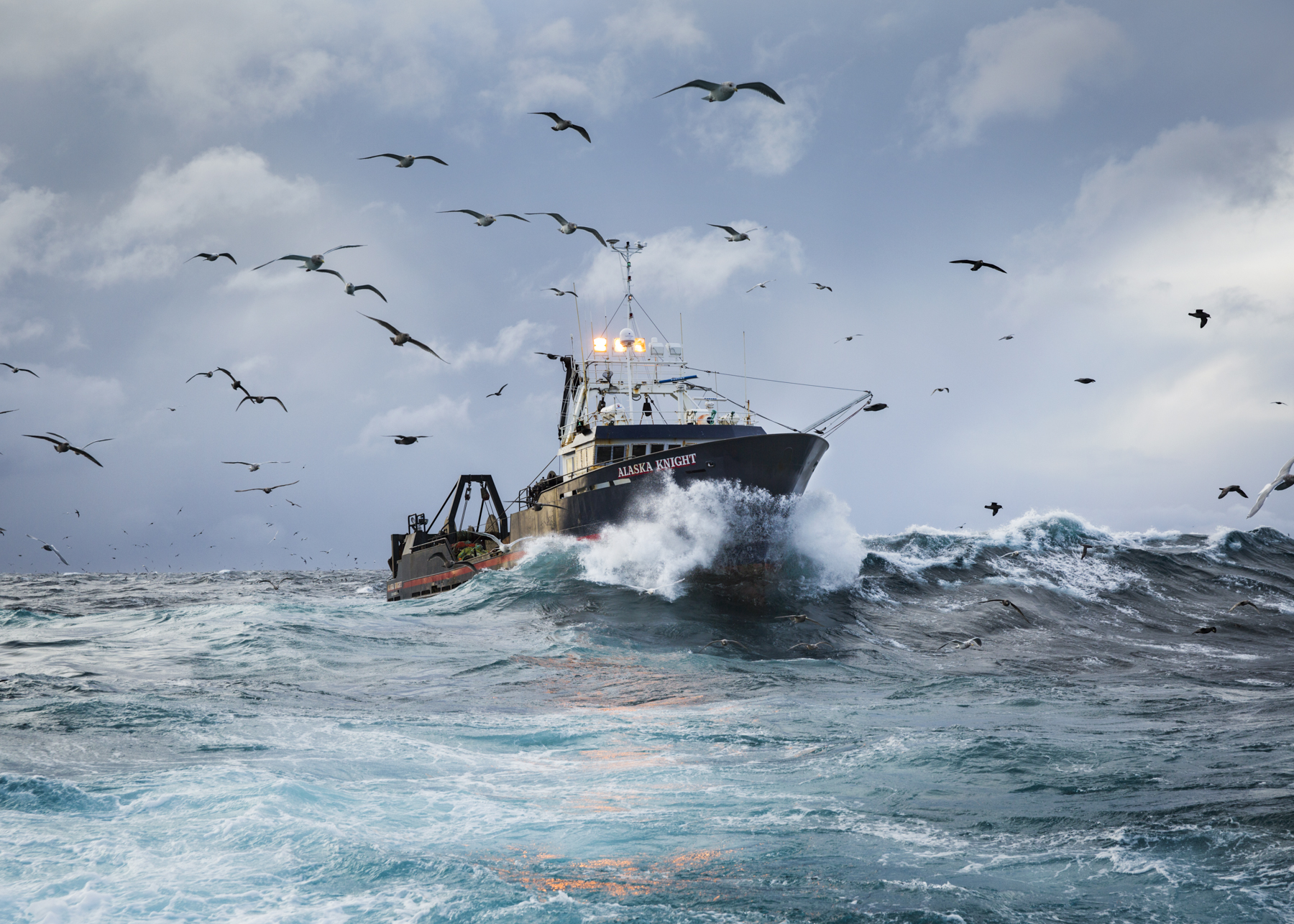The fallout of shifts in Alaska cod quotas has sparked another scramble among the region’s cod fishermen. Overall P-cod quota is down, but the Aleutian Islands saw a small uptick, which led more boats to target the area in the A-season this year. The allocations, however, have had some unintended consequences.
For some background, in the wild and harsh fishing environments of the Bering Sea, Aleutian Islands and Gulf of Alaska, a 60-footer qualifies as a small boat. A fleet of these smaller pot-cod boats typically fishes inshore waters and relies on deliveries to the remote Bering Sea island of Adak to run their Aleutian operations.

Adak, Alaska, location of remote shoreside processor Golden Harvest, which allows inshore pot-cod boats to run operations in the Aleutians.
The remoteness of the region, however, has historically made running a processing plant there logistically implausible without guarantees of landings. This led the North Pacific Fishery Management Council to set aside 5,000 tons of cod quota that must be processed in the remote Aleutian Island community of Adak rather than off-loaded to offshore factory processors, as the larger catcher vessels — sometimes referred to as the Amendment 80 fleet after the legislation that put them into operations — do in the offshore fishery.
“This harvest set-aside provides the opportunity for vessels, [Aleutian Islands] shoreplants, and the communities where AI shoreplants are [located] to receive benefits from a portion of the AI Pacific cod fishery,” according to the council.
This year, however, a loophole in the council’s rule has allowed those larger boats — typically 125-footers and larger — to target the 5,000-ton set-aside and deliver it to offshore floating processors rather than to the Adak plant. This not only makes it difficult for the Adak plant to keep running for the smaller boats that rely on it, but it also puts those smaller boats in a race with the catcher vessels to catch their quota.
The topic was broached at the council meeting early this week with a stand down from the catcher vessel fleet looking like the best option, in lieu of a fast-moving council motion miracle.
“It was widely acknowledged by discussion and testimony this week that a stand down was likely the best course of action and being seriously considered by the Amendment 80 fleet, given the impossibility of immediate regulatory correction,” said a letter from the Under Sixty Cod Harvesters to Matt Doherty, president and CEO of U.S. Seafoods, whose fleet was reportedly fishing the loophole quota.
U.S. Seafoods boats are standing down with the rest of the fleet.
The facility operating in Adak this year employs 225 workers and maintains 250 containers to move product off the island.







